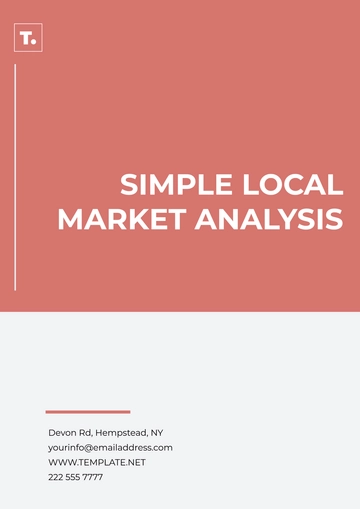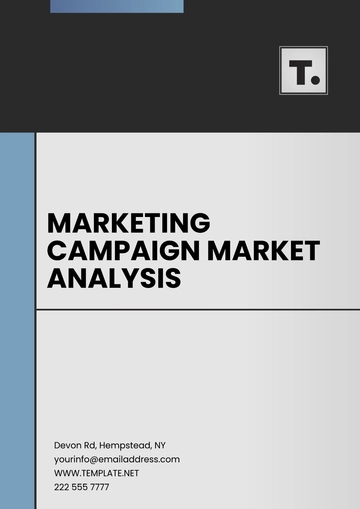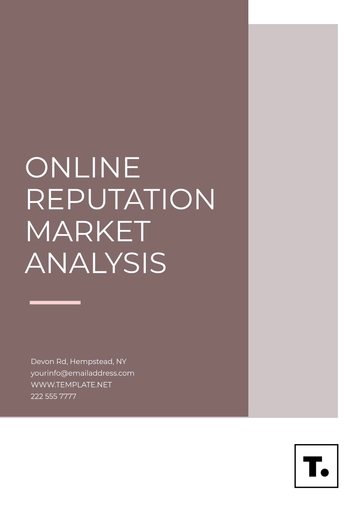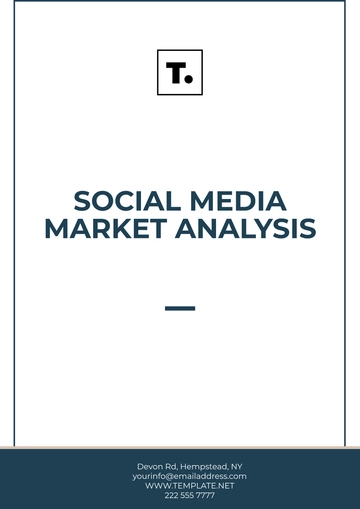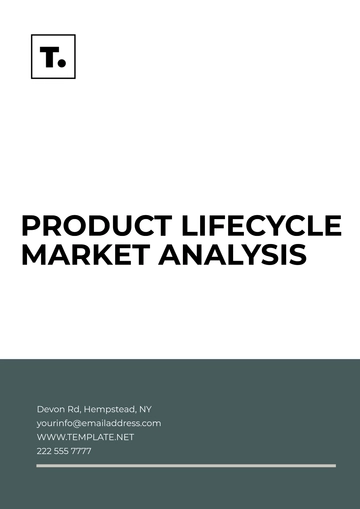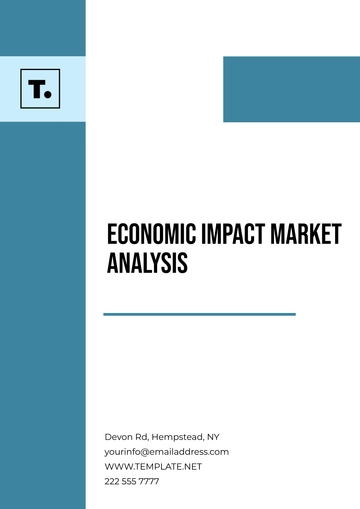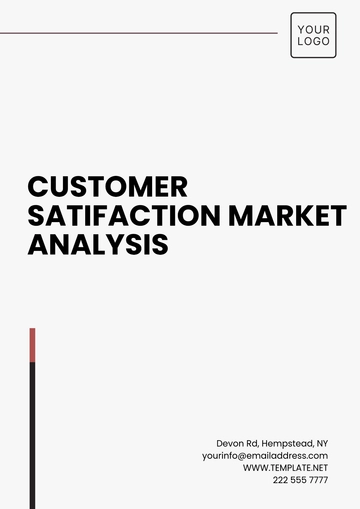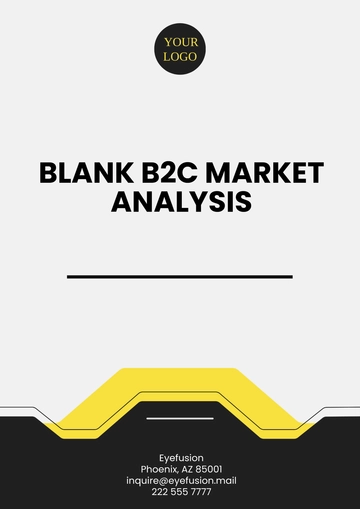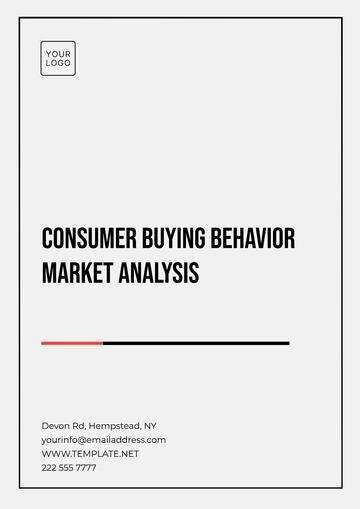Market Analysis Feasibility Study
Prepared by: [Your Name]
Company: [Your Company Name]
Product: Eco-Friendly Water Bottles
Executive Summary
This study assesses the feasibility of launching a new line of eco-friendly water bottles made from sustainable, biodegradable materials. The goal is to determine the viability of entering the eco-conscious consumer market, focusing on demand, competition, and potential profitability.
1. Market Overview
The market for eco-friendly products, particularly reusable water bottles, is growing due to increasing environmental awareness. Consumers are shifting toward sustainable products to reduce plastic waste and carbon footprints.
Global Market Size (Eco-Friendly Water Bottles): USD 8 billion (2050)
Expected Growth Rate: 6% CAGR (2051-2055)
Key Markets: North America, Europe, and Asia-Pacific
Target Consumers: Environmentally conscious individuals, outdoor enthusiasts, and urban professionals.
2. Industry Trends
Several trends are driving the demand for eco-friendly products:
Sustainability Movement: Consumers are actively seeking eco-friendly alternatives to single-use plastics.
Health Consciousness: Growing awareness of the harmful effects of plastic bottles on health and the environment is pushing consumers toward sustainable solutions.
Government Regulations: Countries are increasingly banning single-use plastics, driving demand for sustainable water bottles.
3. Target Market Segmentation
A. Demographics:
Age: 18-45 years old
Income: Middle to high-income
Education: College-educated
Lifestyle: Health-conscious, environmentally aware
B. Psychographics:
Interested in environmental conservation and sustainability
Prefers durable, stylish, and functional products
4. Competitive Analysis
There are several key competitors in the eco-friendly water bottle market:
A. Competitor 1: Hydro Flask
Strengths: Strong brand presence, high product quality, premium pricing.
Weaknesses: Higher price points may limit mass market appeal.
B. Competitor 2: S’well
C. Competitor 3: Yeti
Competitive Advantage of [Your Company Name]: Our eco-friendly bottles will be competitively priced while offering a unique selling point: biodegradable materials that decompose faster than traditional stainless steel or plastic alternatives.
5. Consumer Demand Analysis
Based on the market research:
6. Pricing Strategy
The pricing strategy will be competitive but premium to reflect the sustainability factor:
7. Marketing Strategy
We will adopt a multi-channel marketing approach:
Digital Marketing: Social media campaigns highlighting sustainability benefits, and influencer partnerships.
Retail Partnerships: Collaborate with eco-friendly stores and online marketplaces.
Branding: Emphasize eco-friendliness, health, and style.
8. Financial Projections
A. Initial Investment:
Item | Description | Amount (USD) |
|---|
Production Setup | Equipment and facility costs | $100,000 |
Marketing | Initial marketing campaigns | $50,000 |
Miscellaneous | Other startup costs | $30,000 |
Total Investment | | $180,000 |
B. Revenue Projections (First Year):
Units Sold: 50,000
Total Revenue: $750,000
Net Profit: $350,000
Breakeven Point: Within 6 months of launch.
9. Risk Analysis
Market Risk: Entry of new competitors with lower-priced products.
Operational Risk: Fluctuations in the cost of biodegradable materials.
Regulatory Risk: Compliance with environmental certifications and regulations.
10. Conclusion
The market analysis indicates a strong demand for eco-friendly products, and the competitive pricing and unique biodegradable features of our water bottles provide a strategic advantage. With careful positioning and marketing, the product is financially feasible and has a high likelihood of success.
Feasibility Study Templates @ Template.net






